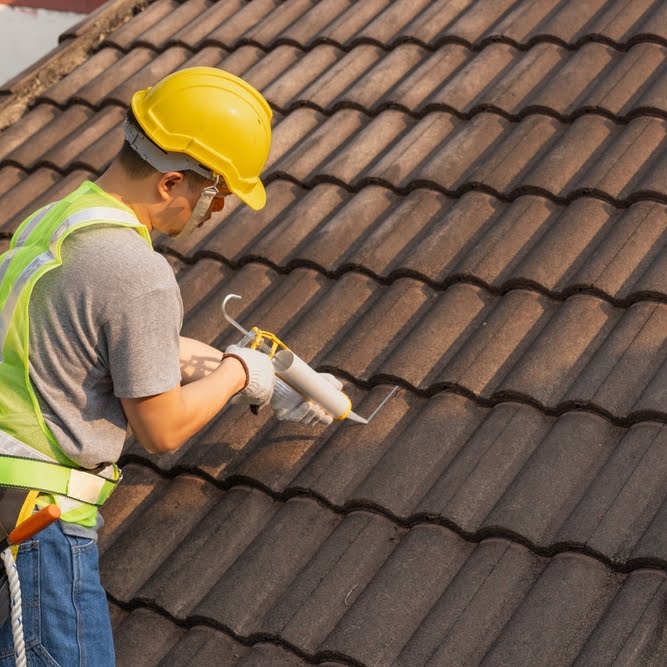The Average Cost Of Roofing Might Surprise You
When it comes to home improvement projects, few are as crucial and potentially costly as roofing. Whether you're dealing with a leaky roof that needs urgent repair or considering a complete roof replacement for aesthetic or structural reasons, understanding the average cost of roofing can save you from unexpected financial burdens. The average cost of roofing can vary widely based on several factors.
Factors Affecting the Average Cost of Roofing
1. Roof Size and Complexity
The size of your roof is a primary determinant of the cost. Roofing costs are typically calculated per square foot. A larger roof means more materials and labor are required. Additionally, the complexity of the roof's design plays a significant role. A roof with multiple angles, dormers, or valleys will take more time and skill to install or repair, driving up the cost. For example, a simple gable roof is generally less expensive to work on compared to a roof with a complex architectural design.
2. Material Selection The choice of roofing material has a huge impact on the cost. Asphalt shingles are one of the most common and affordable options, with an average cost ranging from $3 to $5 per square foot installed. They are relatively easy to install and maintain, making them a popular choice for many homeowners. However, if you opt for more high - end materials like slate, tile, or metal, the cost can skyrocket. Slate roofs, known for their durability and aesthetic appeal, can cost upwards of $15 per square foot installed. Metal roofs, which offer excellent longevity and energy efficiency, can range from $5 to $14 per square foot installed.
3. Location Geographical location also affects roofing costs. In areas with a high cost of living, such as major cities like New York or San Francisco, labor costs tend to be higher, which in turn increases the overall cost of roofing. Additionally, regions prone to extreme weather conditions may require more durable and weather - resistant materials, further adding to the expense. For instance, coastal areas may need roofing materials that can withstand strong winds and saltwater corrosion, which are often more expensive.
4. Labor Costs Labor costs make up a significant portion of the total roofing expense. Experienced and licensed roofing contractors may charge more per hour, but they also tend to provide higher - quality work and come with proper insurance coverage. On average, labor costs for roofing can range from $1.50 to $3.50 per square foot, depending on the complexity of the job and the region.
Average Cost Ranges
For a basic asphalt shingle roof replacement on a standard - sized home (around 1,700 to 2,100 square feet), the average cost can range from $5,100 to $10,500, including materials and labor. If you choose to go with a more premium asphalt shingle product or add features like a warranty - backed installation, the cost can be on the higher end of this range.
For a mid - range option, such as a metal roof installation on the same - sized home, you can expect to pay between $8,500 and $29,400. This wide range is due to the different types of metal roofing materials available and the varying levels of installation complexity.
A high - end roofing project, like installing a slate or tile roof, can cost anywhere from $25,500 to $63,000 or more, depending on the specific materials and the intricacy of the roof design.
Tips for Saving on Roofing Costs
- Shop Around for Contractors: Get multiple quotes from different roofing contractors. This will not only help you find a competitive price but also allow you to compare the quality of service and the reputation of each contractor.
- Timing is Key: Consider scheduling your roofing project during the off - season. Many contractors offer discounts during slower months to keep their crews busy. In some regions, this might be late fall or winter.
- Opt for Cost - Effective Materials: While high - end materials have their benefits, if your budget is tight, explore cost - effective options that still offer good quality and durability. For example, some newer types of asphalt shingles are designed to mimic the look of more expensive materials at a fraction of the cost.
In conclusion, the average cost of roofing can indeed be surprising, but by understanding the factors that influence it and taking proactive steps to manage costs, homeowners can make informed decisions that fit their budget while still getting a quality roofing solution.
